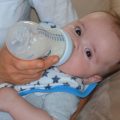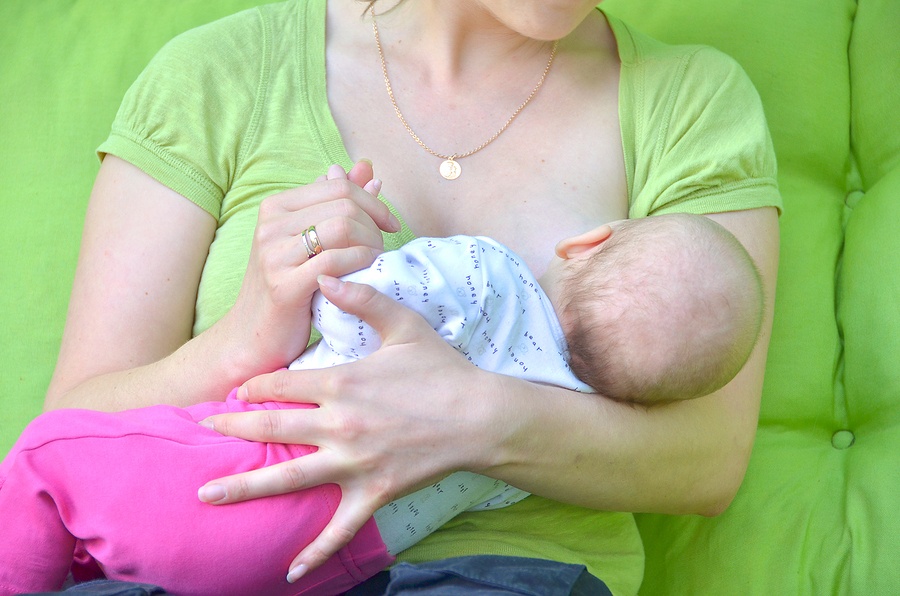When it comes to the first 24 – hour newborn feeding guide; most babies will need 8 to 15 feeding guide in their first day; this is because their tummy is still so tiny (about the size of a marble) and can’t take much food at once. It is important to feed your child as often as he seems to want it. You can feed him before he start to yell for it. In this article, you’ll learn how the first 24 – hour newborn feeding guide works like magic!
They need to be in good mood to open their mouth wide and have a mouthful of your breast. They can’t do that while crying. Keep your baby as close to you. And if possible, snuggle your baby against your skin. This way, both you and your baby will get plenty of practice.
Many first-time moms find it tricky to breastfeed their newborn. It is completely normal to feel uncomfortable when breastfeeding your baby, but you can find the right position that will make you feel comfortable. Latch your baby to your breast, not the other way around. However, never force your child to your breast. There’s a learning curve to this, and both of you will know more about each other in the coming days. As the mother, you will naturally develop the instinct to understand your child and tell when he’s hungry and ready to feed.
Breastfeeding Your Newborn
Comfort is very important in the first days of breastfeeding, that is you need to make sure you are in a comfortable place to breastfeed, especially when you’re new to it.
There are many positions you can choose from, you can raise his head on a pillow and lie beside, or cradle your baby across your chest. Every mom is different, so find the position that works best for you.
The first few feeds will take around 40 minutes, or even longer. Your body will produce thick milk packed with nutrients and anti-body called colostrum. After a few weeks, your breast will produce more milk and feeding time will be shorter, usually 5 to 30 minutes.
Don’t worry if your baby doesn’t spend longtime feeding. Babies differ from each other; some can take fill their tummy in a few minutes, while some may take longer. As long as they’re latched on, they will feed as often as they need to.
Bottle-feeding Your Newborn
Though it is always best to breastfeed your baby, some mothers can produce the needed milk to feed their newborn, and they result to formula milk. Babies may take larger amount of milk when bottle-feeding as compared to breastfeeding. This is because they can’t control their milk intake the same way that breastfed babies can.
Before you bottle-feeding your newborn, make sure you put him in a comfortable position to feed. Position his head on your lap and support his head with your arm to an upright position, keep his neck in line with his body. Tip the bottle a little and make sure it stays horizontal, so as not to flood your baby with milk as he feeds. Aim for the teat at the roof of his mouth to encourage his sucking reflex.
Always look at your baby when feeding. Look for signs if he’s had enough, such as pausing, resting or slowing down.
Your baby doesn’t need extra fluids other than breast milk or formula milk. We hope you learn about newborn feeding guide.






 I love to write books about family, dating, household, and healthy living. My books are written for everyone in an easy to read and understandable style.
I love to write books about family, dating, household, and healthy living. My books are written for everyone in an easy to read and understandable style.